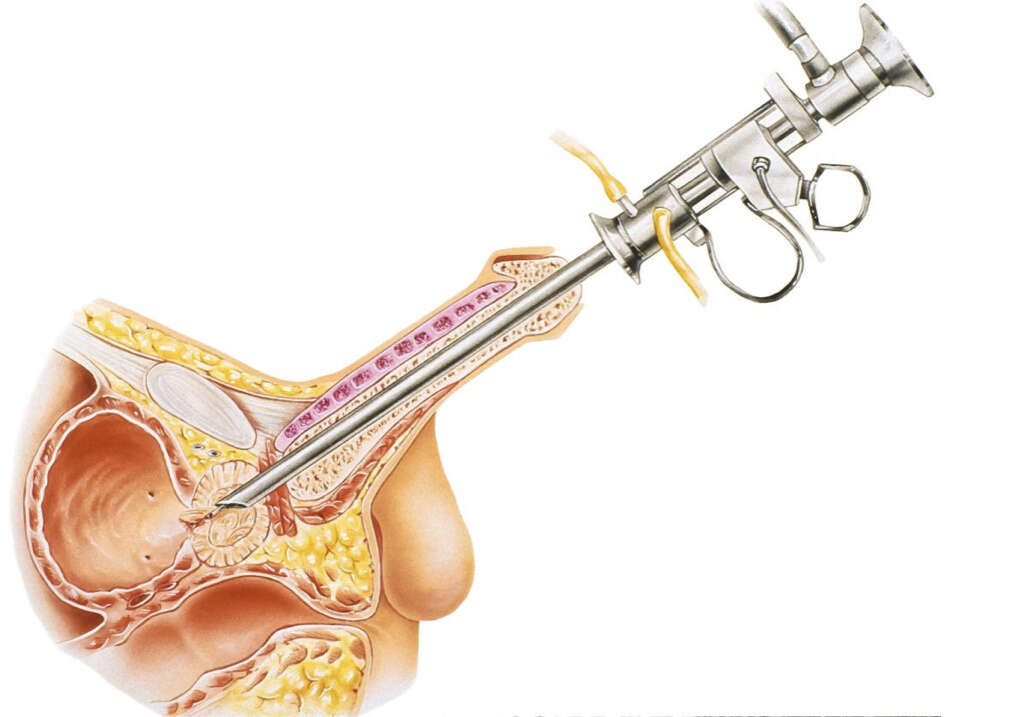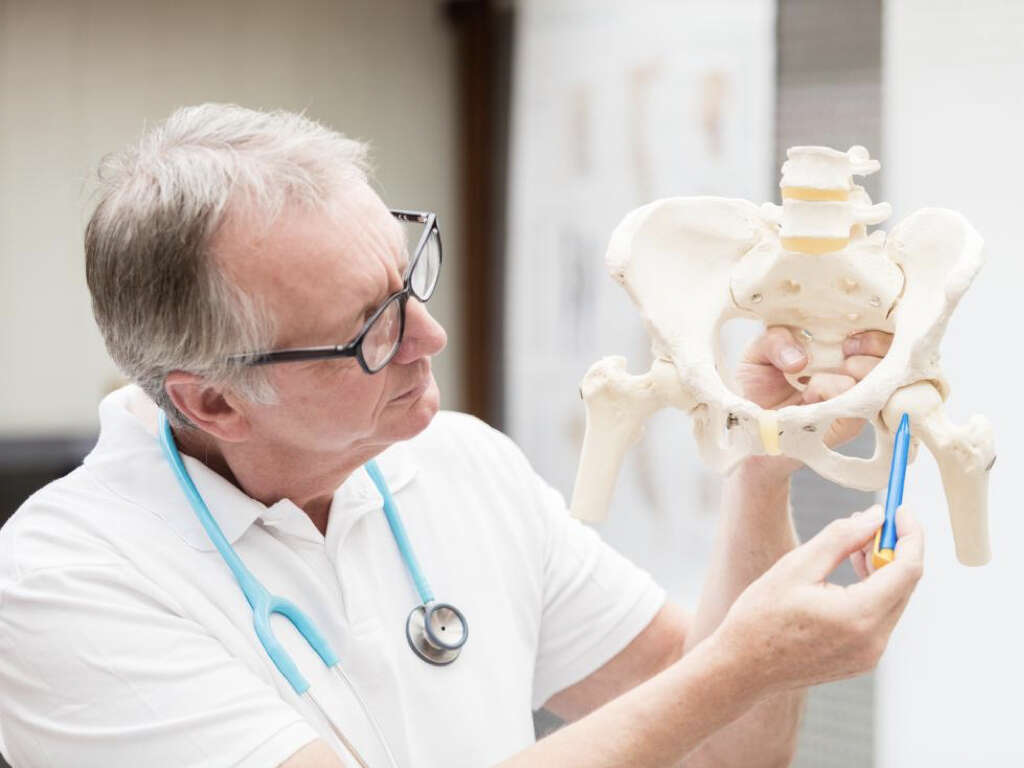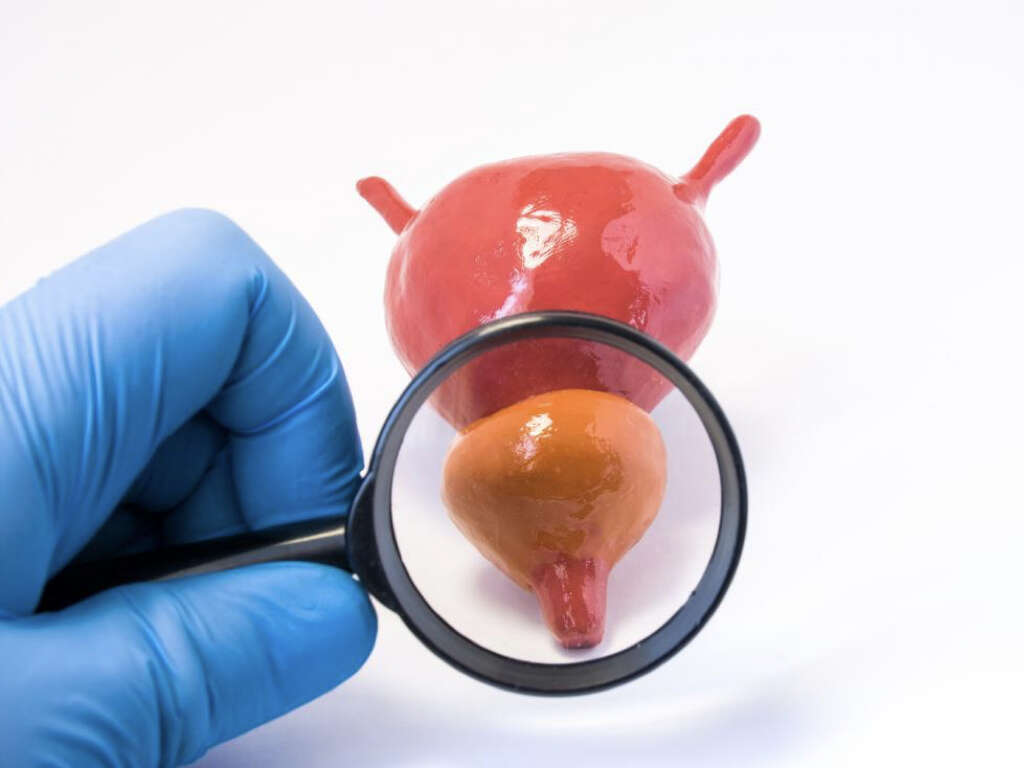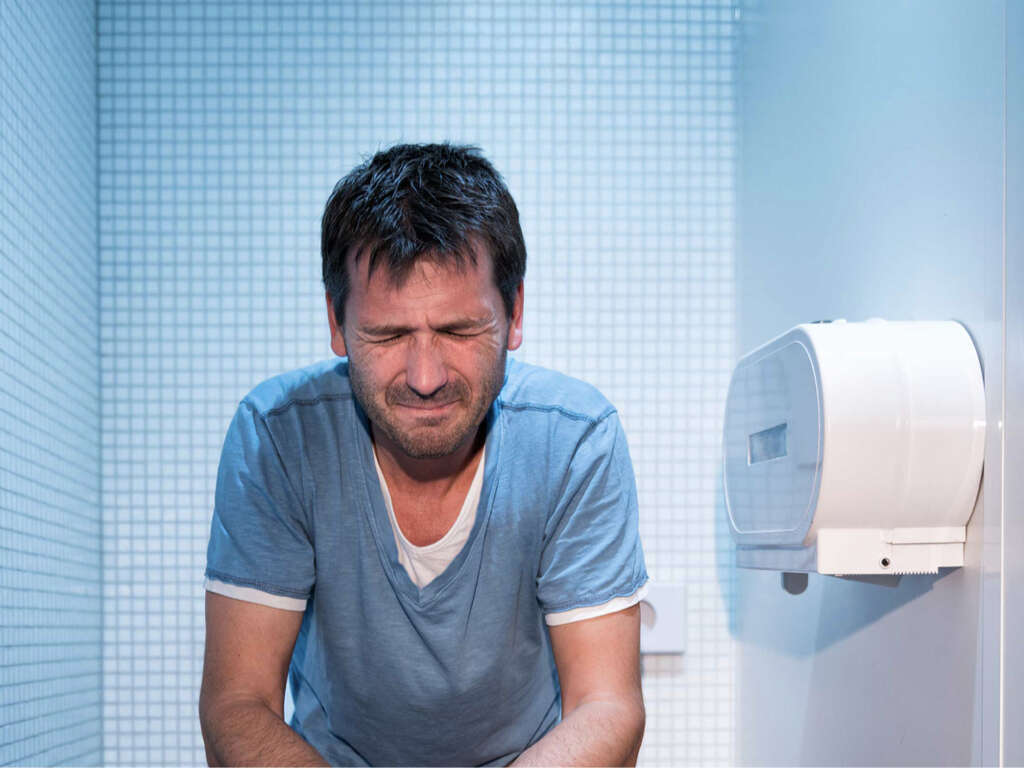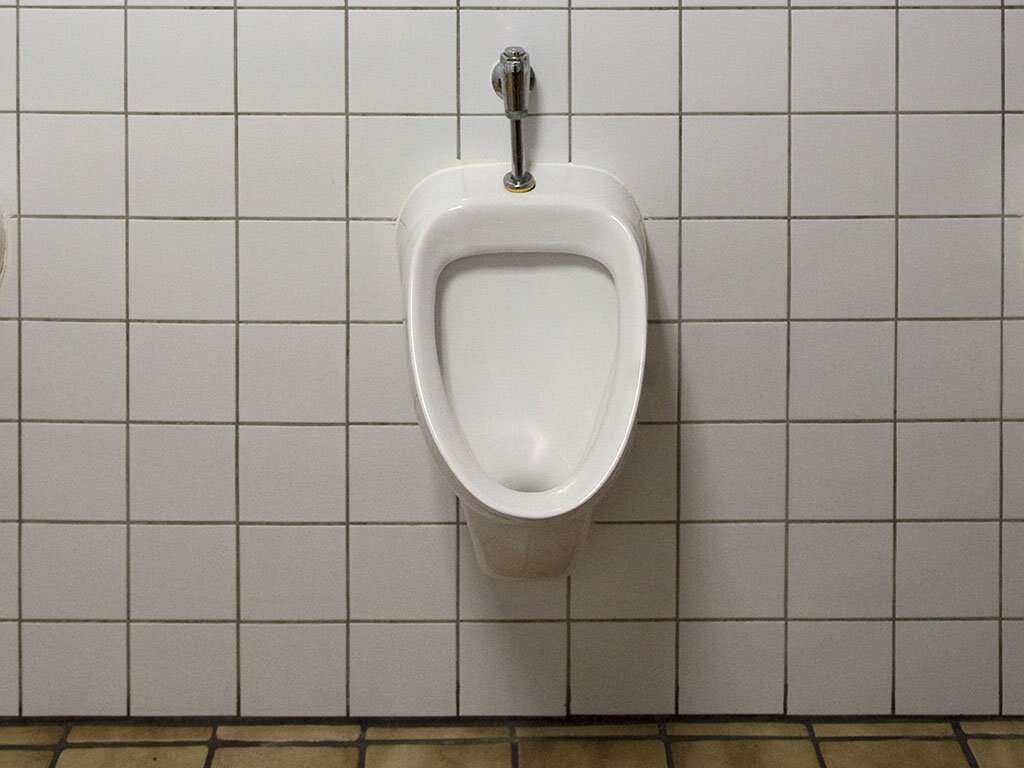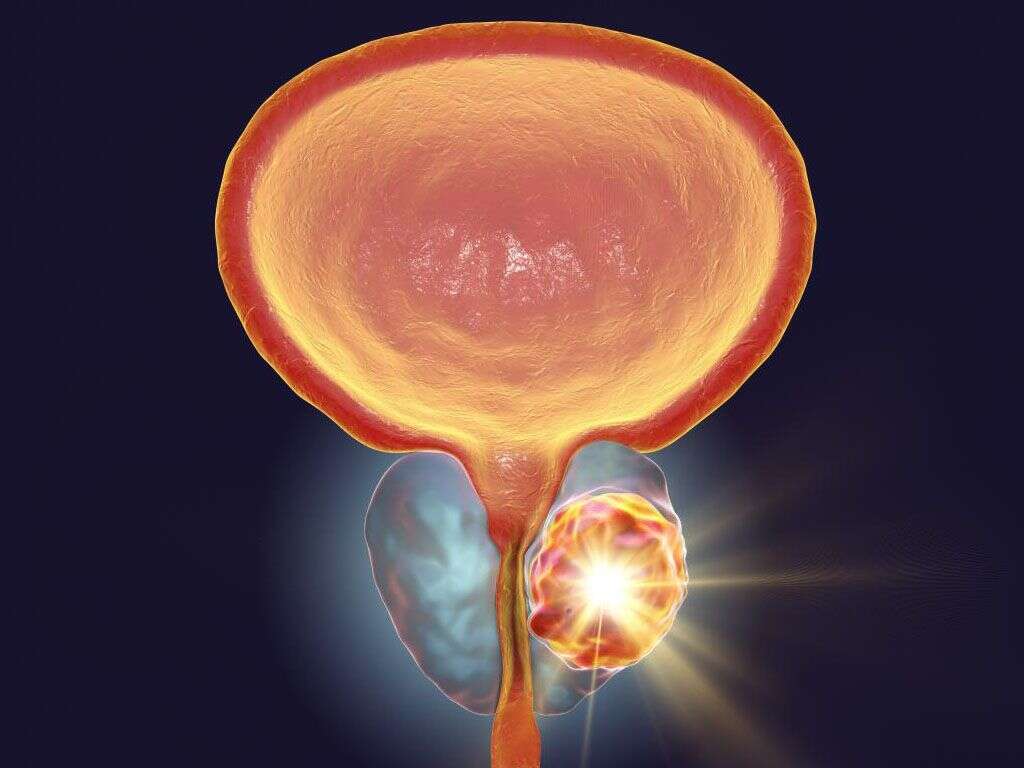What Is BPH?
9. Transurethral Resection of the Prostate
Transurethral resection of the prostate (TURP) is a surgical intervention to relieve bladder outlet obstruction caused by BPH. It is indicated for patients with urinary retention, recurrent urinary tract infections, recurrent gross hematuria (visible blood in the urine), and renal insufficiency due to obstruction.
TURP is also indicated when the patients do not improve from medical therapy or no longer wish or are no longer able to continue medical therapy. TURP is performed using general or regional anesthesia and involves entering an instrument through the urethra to access the prostate. It involves a high-energy electrical cutting current to shave away at the prostatic tissue. Like any surgical procedure, TURP has its risks. This procedure may cause partial resection of the urinary sphincteric mechanism, which can result in retrograde ejaculation. As the name suggests, in this disease the patient’s ejaculate goes back into the bladder, instead of through the penis.
Another minimally invasive treatment is also available to reduce the risk of adverse effects. It includes lasers, transurethral incision of the prostate, transurethral microwave therapy, transurethral needle ablation of the prostate, and high-intensity ultrasound energy therapy.
Advertisement
